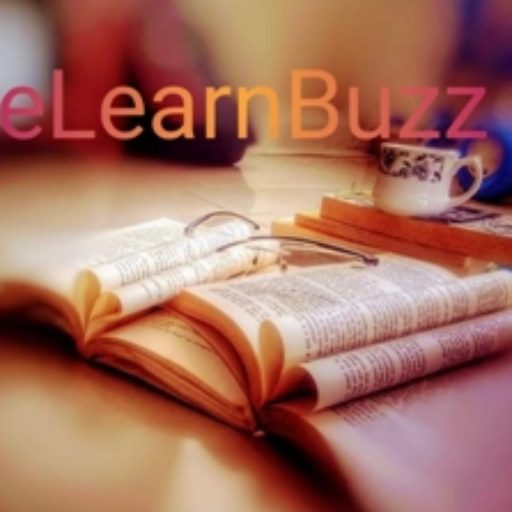Days of the Week Worksheet for Class 1
Below are the Days of the Week Worksheet for Class 1. These worksheets can also be used for other classes like UKG and Class 2. You can also free download these Worksheets using the Download link. Worksheet on Days of the Week – Match the following Fill in the blanks – Days of the Week…
